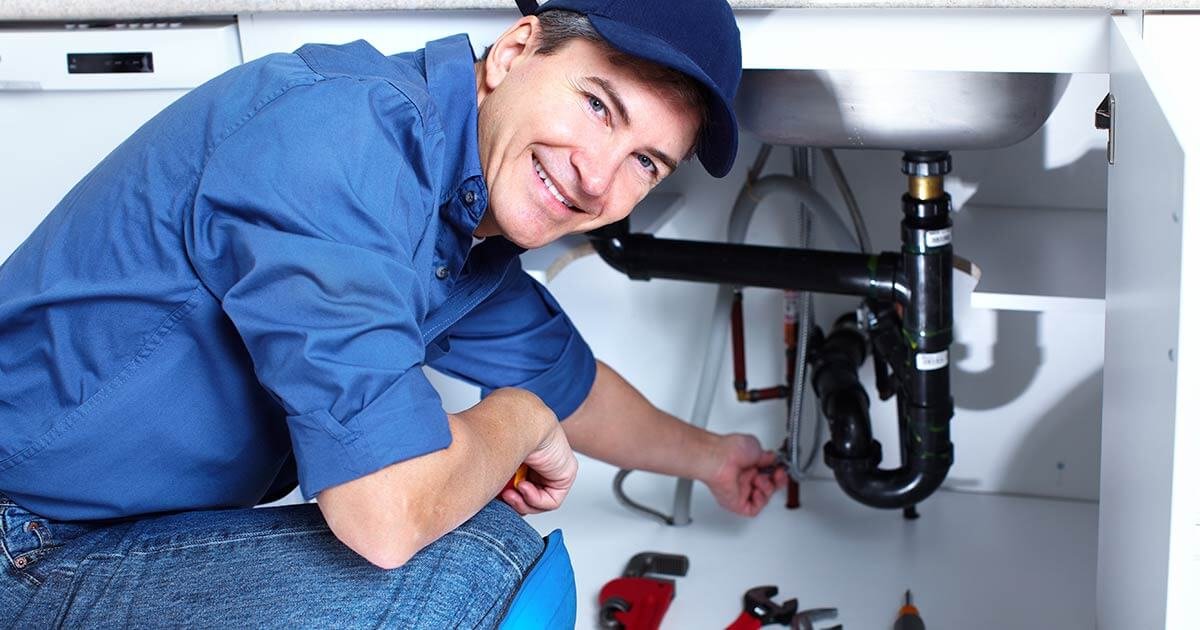Home maintenance often involves prioritizing projects based on urgency and budget, but when it comes to your roof, waiting too long can be a costly mistake. If you’ve been putting off a necessary roof replacement, you might be setting yourself up for serious issues down the road. While the idea of postponing the expense may seem harmless in the short term, the consequences can affect not only your finances but also the safety and structure of your home.
Your roof is the first line of defense against weather and environmental elements, and ignoring signs of damage can quickly escalate into much bigger problems.
Water Damage and Mold Growth
One of the most immediate risks of delaying a roof replacement is water infiltration. A compromised roof, whether due to cracked shingles, worn flashing, or underlying rot, allows moisture to seep into your home. Even small leaks can go unnoticed until they cause visible staining, sagging ceilings, or mold growth.
Moisture inside walls or attics creates a breeding ground for mold, which not only threatens the structure but also presents health hazards. Prolonged exposure to mold spores can lead to respiratory issues, allergic reactions, and other long-term health complications.
Replacing the roof promptly ensures your home stays dry and prevents these hidden hazards from taking hold.
Structural Damage and Rot
Water doesn’t just stop at cosmetic damage. Over time, continued leakage can weaken the wood framing, rafters, and decking beneath the roof. As these components absorb moisture, they begin to rot, warp, or even collapse under pressure. By delaying a roof replacement, you risk turning what could have been a relatively straightforward job into a full-scale structural repair project.
Roof sheathing and trusses are expensive to replace and often require sections of the home to be temporarily opened up, adding labor costs, time, and inconvenience. Timely action preserves the structural integrity of your home and reduces the likelihood of invasive repairs.
Higher Energy Bills
An aging or damaged roof also impacts your home’s insulation and energy efficiency. Holes, gaps, and deteriorated materials allow heat to escape in the winter and enter during the summer, forcing your HVAC system to work harder.
As a result, you may notice rising utility bills without any significant change in energy usage. A roof with good insulation and ventilation reduces these fluctuations, helping to maintain a consistent indoor temperature. Upgrading sooner rather than later can also make you eligible for energy efficiency rebates that are no longer available once emergency repairs are required.
Decreased Property Value
A roof in disrepair doesn’t just create problems for you—it can also impact your home’s resale value. Buyers are often hesitant to invest in a property that requires immediate roof work, and even if they are willing, they’ll likely negotiate a lower price to offset the cost.
Real estate agents consistently cite the condition of the roof as one of the key factors in home inspections. By taking care of a roof replacement proactively, you increase your property’s curb appeal and marketability, making it more attractive to potential buyers and appraisers.
Insurance Coverage Complications
Delaying roof replacement can also put your homeowners’ insurance coverage at risk. Insurance companies expect homeowners to perform routine maintenance. If a future claim is related to roof damage, the insurer may deny it if it’s determined that the problem resulted from negligence or failure to act.
For example, if an old, brittle roof allows rainwater to enter during a storm, your provider might argue that the damage could have been prevented with timely maintenance. Avoiding such disputes is as simple as addressing roof issues promptly and documenting all repairs made.
Pest Infestation
Cracks, holes, and weakened spots in your roof make easy access points for rodents, insects, and birds. Once they enter your attic or ceiling cavities, they can cause further destruction by chewing through wires, nesting in insulation, or leaving behind waste.
A compromised roof essentially invites pests into your home—something that can quickly escalate into a sanitation or fire hazard. Regular inspections and timely replacement prevent these uninvited guests from turning your attic into their new home.
Escalating Costs Over Time
One of the biggest myths about delaying a roof replacement is that it saves money. In reality, the opposite is usually true. A minor repair today could turn into major reconstruction if ignored for too long. Material costs, labor, and damage control all increase the longer you wait.
By scheduling your roof replacement at the first signs of wear, you avoid the compounded expenses of interior repairs, emergency services, and potential health or legal risks. Early action always costs less than last-minute panic.











